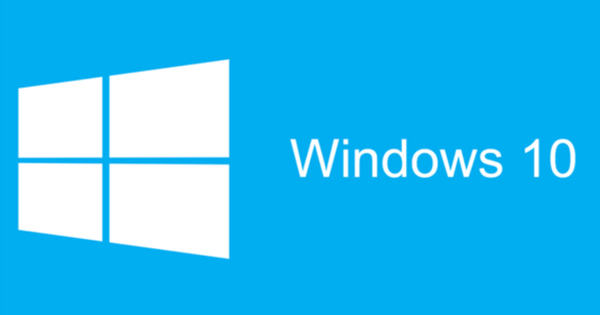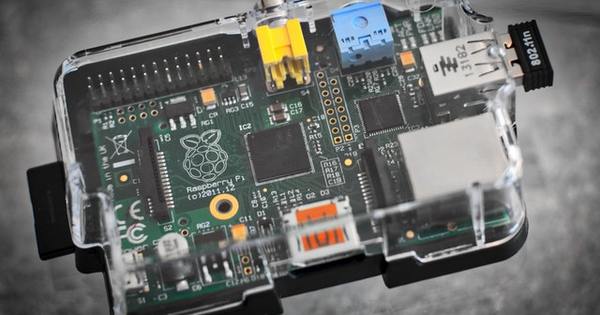Few know that Windows 10 Pro has the built-in ability to virtualize other operating systems. Windows XP, Windows Vista, Windows 7 and even Linux can be easily used in Windows 10 Pro, without having to install additional third-party software. That is possible with Hyper-V.
Tip 01: Terms
Before we get started, the whole of virtualization and Hyper-V can seem a bit overwhelming. We will therefore first discuss a few terms, so that it is clear what we are talking about and hopefully you better understand what virtualization is and what it can and cannot be done.
Virtual Machine: a virtual machine is a machine installed in a virtual environment that mimics your hardware. This is 'on top of' your normally installed operating system.
Hypervisor: the virtual machine runs in a hypervisor. The hypervisor controls access to the processor, graphics card, memory, and disk for each additional operating system you install, ensuring that the computer does not crash and that the virtual machine operates independently of your main operating system.
Guest OS: any operating system installed in a hypervisor is a guest on your own operating system, so we logically call it a guest operating system or guest OS for short.
Host OS: the operating system you use yourself is the 'host', the host. This provides space for the additional operating systems that you install and that are managed by the hypervisor itself.
Virtual Machine Limitations
A virtual machine is useful for running old software, but you have to keep in mind some limitations. First, performance can vary between computers. We recommend setting up a virtual machine only if you have at least 4 GB of internal memory and a 64-bit processor with at least 1.4 GHz. You will also have to keep in mind that you can't use this virtual machine for old games: Hyper-V can't apply 3D acceleration, it's really intended for work applications - for which it is very good to use.
Preparing the computer
Tip 02: Enable Hyper-V
To actually enable Hyper-V, follow these steps. You open the control panel directly on the right page by right-clicking on the start button and choosing Programs and Features. In the left sidebar is the option Enable or disable Windows features. If you click on it, a new window will open. In this list, tick the option Hyper-V on and click OK. Windows will now install additional components and open an additional wizard that will search for the required files. For us, this process took a very short time. Click afterwards on Restart now to actually turn on Hyper-V. The computer reboots twice and configures the additional features.
Tip 03: Set up management
To actually install another operating system, we are now going to open the Hyper-V manager. To do this, open the Start menu and type hyper-v. The option Hyper-V management appears on the screen. Click on it to open it. On the left in the bar you see your computer name, under the option Hyper-V management. That is the host computer: your own PC. Click on your computer name, so in our case we click on APOLLO. Several options now appear on the right of the screen. Can't see your computer on the left? Then click on the right Connect to server.
A new dialog box will open. Choose Local computer and click OK. You should now be connected to the Hyper-V service and you should see the Actions panel on the right, with items such as Hyper-V Settings and Edit Disk. If you get an error message that the hypervisor is not active, you can still try the following: right-click on the start button and choose the option Command Prompt (Administrator). Then enter the following command: bcdedit /set hypervisorlaunchtype auto and press Enter. Then try again.
Tip 04: Virtual Disks
It is necessary to have enough disk space available for the virtual machines that we are going to install. For Windows 7, we recommend a minimum of 40 GB. If you have multiple hard drives, it can be useful to place the virtual machines on the drive with the most space. You can set the location of the virtual hard drives for that. Right-click in the Hyper-V management app (see tip 3) at Actions on the option Hyper-V Settings. At the top option that opens automatically, called Virtual hard drives, can you on To leaf through click to choose a folder where the discs should actually be placed.

